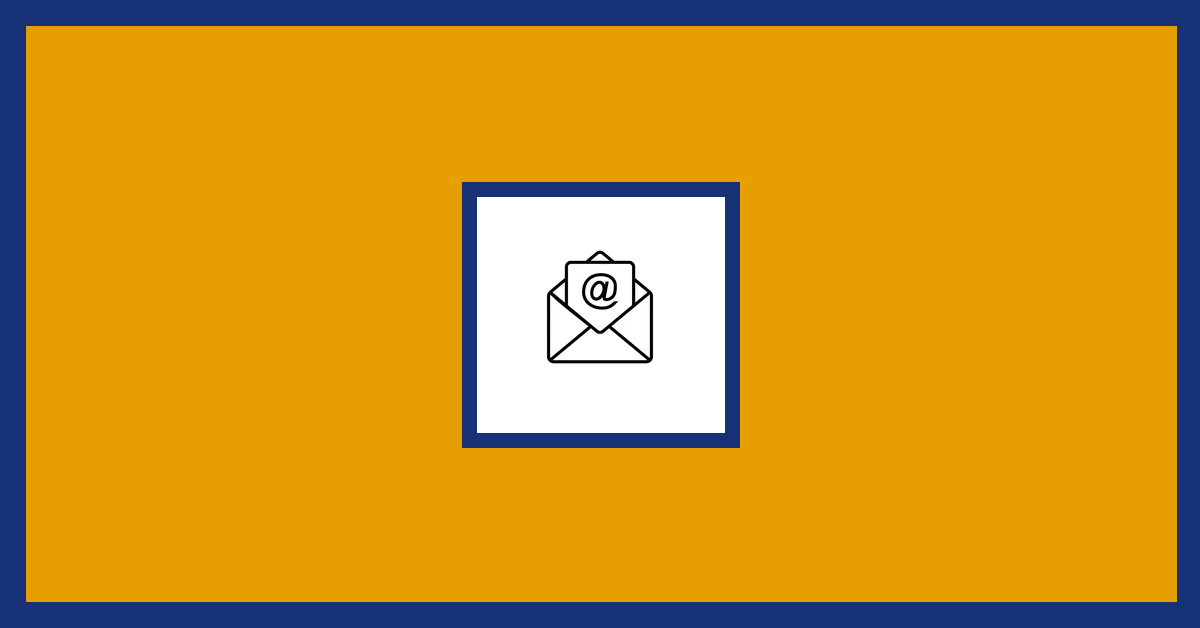Authored by Russell E. Theisen, IEEE Life Senior Member, Deceased
President Jimmy Carter was elected president of the United States in 1976. When Jimmy Carter went to the White House and observed the antiquated way executive business was conducted, he requested help from the American Federation of Information Societies (AFIPS) group to come to Washington and aid him in coming up with a plan to get the U.S. government out of the Dark Ages.
Carter was accustomed to using computers in running his peanut business in Plains, Georgia, and he thought that the federal government could also benefit from the technology.

Russell E. Theisen, IEEE Life Senior Member, Deceased
Russ Theisen was in the group that went to hear a briefing from the executive branch on how President Carter needed help in the effort. The group listened to the plea for help, and they came up with a suggestion to introduce computer technology to the executive branch of the U.S. government: to replace the process of using manual typewriters and manual mimeograph machines to make copies of every communication to be distributed to the distribution list.
The problem was that no money was available to fund the effort. The group proposed obtaining an older computer system from a technology company and then using donated software to get it running. They found a computer vendor, Burroughs, who would donate an older model with the hope that the government would select them when money was available.
We installed IBM Profs E-Mail software and connected them to the ARPANET, which was just becoming available. This was the early work that later led to the Internet.
When the system was being installed, both the legislative branches of the Senate and the House became interested, and they wanted computers and email too. During the technical presentations to both houses of Congress, Russ asked, “Is there anything that you would like that would make your jobs easier?”
The answer was “Yes! How can we keep from having to stop whatever we were doing and having to go down to the basement to take a shuttle to the Capitol building to take a roll call vote every time the damn bell rings to call for a vote? And how can we find a way to attend our committee meetings all over the Capitol without leaving our offices?”
We suggested using closed-TV viewing with an electronic voting key, which would allow each member of Congress to communicate with both the committees and vote from their offices. The biggest concern was how Congress could be sure who was voting. The answer was to give the voting key to the elected official, who would be held responsible for the official vote.
This system is in use today.
>> Read more about the ARPANET-ERA protocol in IEEE Spectrum
Editor’s Note: The IEEE Life Members Committee welcomes contributions from Life Members (LMs) to the popular feature “Tales From the Vault” with the hope that LMs across the globe will continue to send in stories of their career experiences. Submit stories to [email protected].



